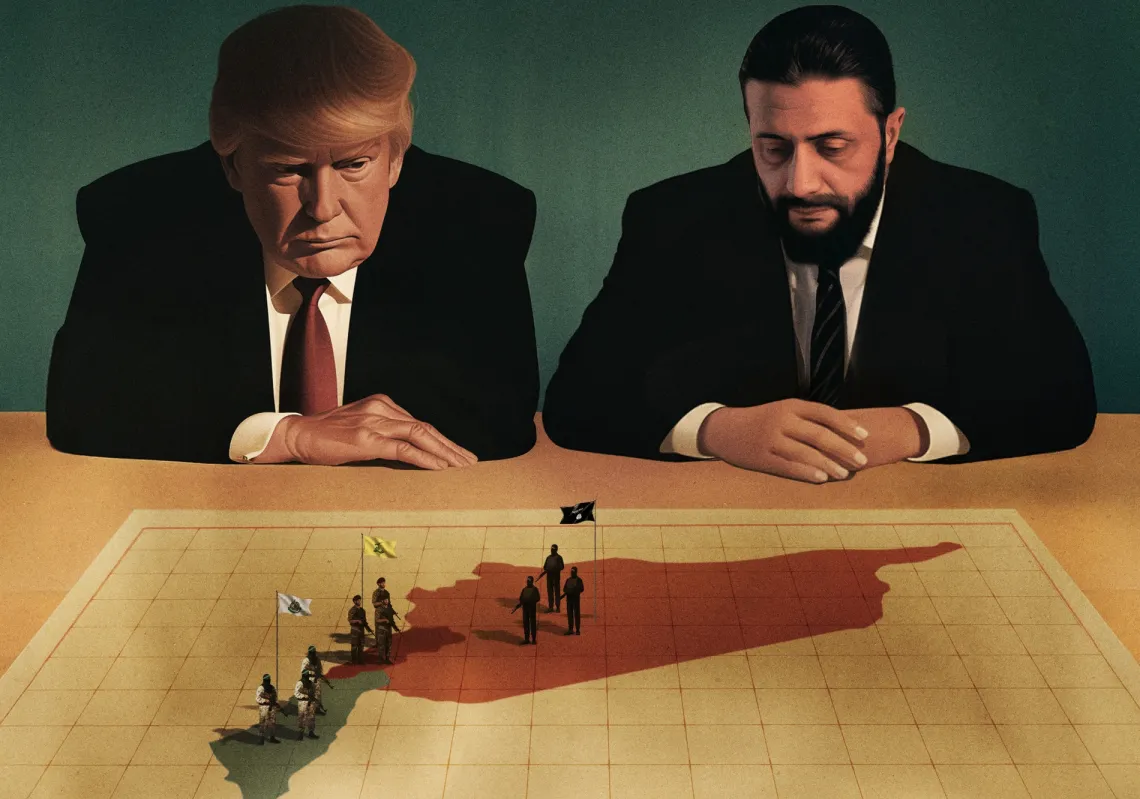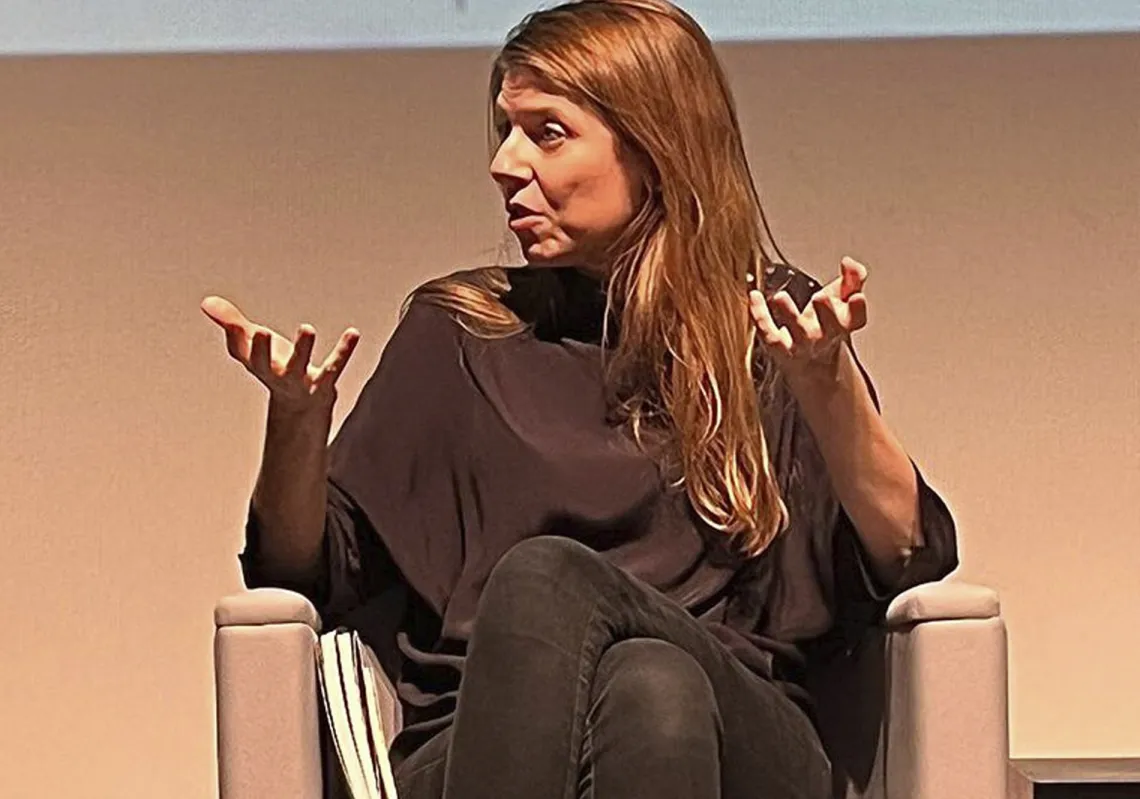Zahi Hawass, the popular Egyptian face resembling Indiana Jones, made headlines this week as Egypt was gearing up to organize The Pharaohs’ Golden Parade. A host of mummies was set to transfer from the Egyptian Museum in Tahrir Square to the Museum of Egyptian Civilization in southern Cairo.
But two major deplorable incidents took place before the historic event -- a huge container ship got stuck in the Suez Canal and a train crash killed dozens in Upper Egypt. Some linked the incidents with the pharaonic parade, describing them as “the curse of the pharaohs.”
However, Hawass denied this myth saying that there is no such thing. So, who is Hawass, the well-known Egyptian archeologist?
Hawass was born in the village of Al-Abidiya, near the Egyptian governorate of Damietta, on May 28, 1947, and grew up in his hometown. He attended Alexandria University and obtained a bachelor’s degree in Greek and Roman antiquities in 1967.
He completed his postgraduate studies and obtained a Diploma in Egyptology from Cairo University in 1979. After graduation, he worked as an inspector in the pyramids area and during this work he obtained a scholarship to study at the University of Pennsylvania in Philadelphia where he earned a master's degree in Egyptology and Syro-Palestinian Archaeology in 1983.
In 1987, Hawass obtained his Ph.D. in Egyptology from the Postgraduate Studies in the Art and Archeology of the Mediterranean World (or AAMW) group. Afterwards, he worked as a lecturer at the University of California and the American University in Cairo.
He returned to Egypt but his passion for further scientific progress did not stop as he continued to study in the fields of archeology, history and Egyptian culture at the American University in Cairo in 1988.
In 1993, Hawass was appointed chief inspector in the Giza plateau, but he left the position after a short period only to be returned to it in 1994. He continued in this capacity until 1998 when he was transferred to the post of director of the Giza plateau. In 2002, he was appointed Secretary General of the Egyptian Supreme Council of Antiquities.
Hawass made many discoveries of Egyptian antiquities as he discovered the tombs of the builders of the pyramids in Giza and the Valley of the Golden Mummies in the Bahariya Oasis in the Giza region.
In 2005, he unveiled the satellite pyramid from Khufu and was part of the Almeria Mummy Project sponsored by the National Geographic Society.
Hawass continued his archaeological excavations and announced in 2007 that he and a team of experts had identified the mummy of Hatshepsut, which had been found in a small tomb in the Valley of the Kings.
In 2009, Hawass was appointed by late President Hosni Mubarak to the position of Deputy Minister of Culture in recognition of his work and efforts. In the same year, Hawass accompanied former US President Obama when he visited Egypt on tours to various archaeological sites in ancient Egypt.
On January 31, 2011, Hawass was appointed to the position of Minister of State for Antiquities.
During his tenure as minister, Hawass was interested in protecting Egyptian antiquities and recovering artifacts that were looted during protests in 2011, but he soon resigned from his post in March 2011 due to the publication of a list of archaeological sites which was stolen during the protests.
Thereafter, he devoted himself to working as a lecturer in the field of antiquities inside and outside Egypt as well as writing weekly articles for many newspapers and magazines.
Hawass has published many books related to the study of archeology, the most important of which are “Curse of the Pharaohs: My Adventures with Mummies,” and “King Tutankhamun: The Treasures of the Tomb.”
Hawass has won many awards during his career, but the highest honor is the Medal of Sciences and Arts of the First Class from former president Hosni Mubarak in 1998.
In 2003, he was awarded the American Academy’s Gold Award for Achievement and the Glass Obelisk Award for his efforts in protecting and preserving Egyptian antiquities.









